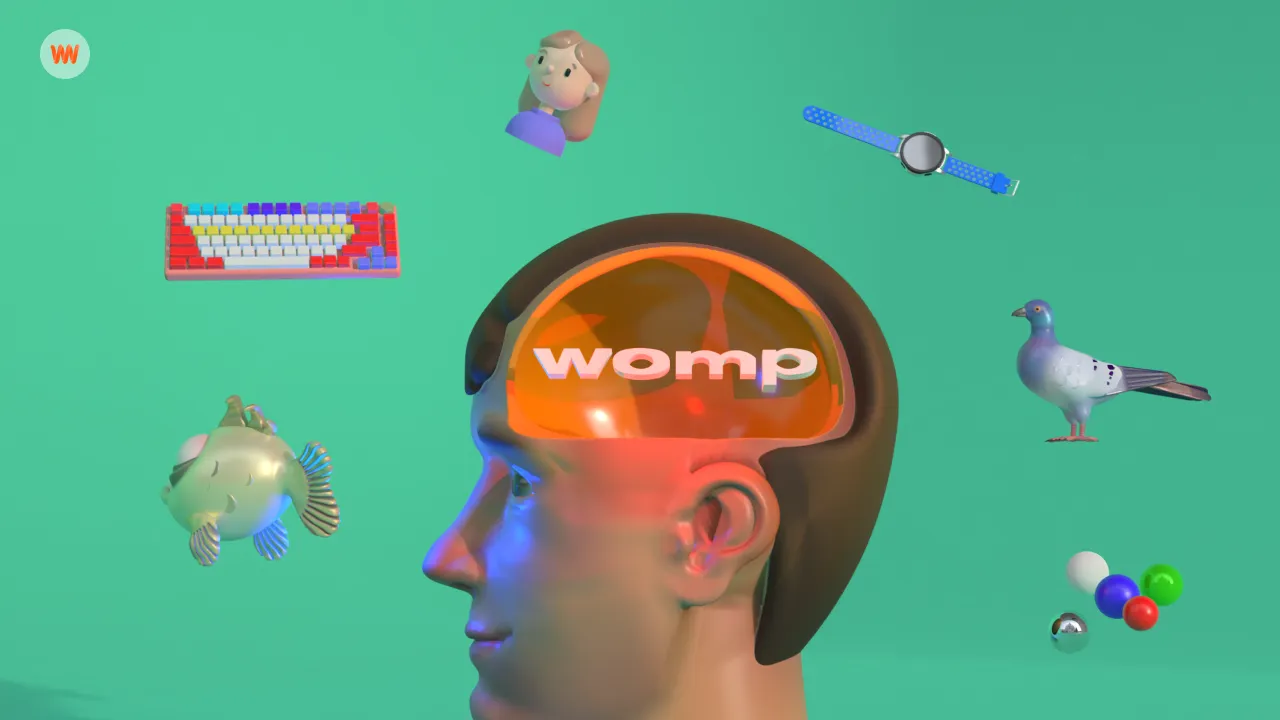
Your portfolio is your most valuable asset as a designer. If you're a 3D designer, your online portfolio can help you get more freelance clients or help land your dream design job.
Degrees and credentials can be helpful, but people will want to see your previous work before working with you.
Your portfolio is a snapshot of your best projects that potential clients and companies you want to work with can look at. If you’re a freelance designer, you’ll share your portfolio with potential clients instead of a resume. You’ll also send a portfolio when applying to any full-time design job.
In this post, we’ll talk about how you can create and expand your portfolio with 3D design.
1. Identify which samples to share
Your portfolio is like an art gallery that people can visit. That means only your best work should be included. If we put every project in the portfolio, it would become overwhelming.
It’s best to include your highest quality work samples because quality always trumps quantity. Your portfolio is a public showcase of your very best work. To make your portfolio attractive, it’s best to include a diversity of projects. Diversity shows that you've worked with different clients from different backgrounds. It also builds confidence in clients that you can complete their work as well.
As a graphic designer or a web designer, adding 3D designs to your portfolio is a great opportunity to highlight your expertise. Your goal is to stand out, so if fewer designers have experience with 3D, you can become more noticeable. There are tons of designers searching for work and bidding on jobs, so any steps you can take to show your unique value is key.
2. Use designs to tell your story
Sharing the story behind your work is a great way to help your portfolio stand out from the crowd. You can create a unique portfolio by telling the story behind each piece of work. You can share the steps you took during idea generation, how you completed the work, and about the results your client experienced.
These short stories will make your portfolio unique and attractive. Clients will like to read the stories behind every work and it will create a personal connection even before you meet with clients.
3. Choose quality over quantity
A small portfolio is always better than a mediocre one. As you’re building your design portfolio, you can feel rushed to get 10 or 15 projects done. The truth is, two high-quality projects are more valuable than 15 average projects. If you’re a newer designer working to gain experience, it can take some time to have portfolio-ready examples. Consider the time you spend on this as an investment. The more you invest into your portfolio, the better your chances of being hired.
As you continue working on design projects, your skills and expertise will increase. Make sure that you continue to update your portfolio with your best work.
4. You can include unpaid work
If you’re a new designer, you won’t have much, if any previous projects to share. Client work is good because it’s proof that someone paid for your work, but you can include other projects.
When bidding for your first design jobs, you need to show something to prove that you have knowledge. Spend a few hours working on designs by yourself to include it in your portfolio. Even though you’re not getting paid for the projects, they’ll be helping you make money in the future.
This self-starting work can help you in landing your first work as a freelance designer. If you get stuck, think of the top 3 companies you’d work with. What type of project could you help them with? Then go out and design it. You can create some amazing 3D designs using modeling software like Womp.
Womp is free and easy for anyone to use and can help you create 3D models & 3D animations to add to your portfolio. Today you don’t need prior experience in 3D design programs in order to create portfolio-worthy designs.
Are you ready to start expanding your design portfolio?
You can join 3D designer communities and showcase your work there. That can provide you with helpful feedback, and give you inspiration for your portfolio. Creating a portfolio is important, but sharing that portfolio in the right places is more important because if no one is seeing your work, then you won’t find any opportunities. You can share pieces of your design portfolio on social media, or create a personal website for your work.
Womp makes learning and practicing 3D drawing and design easily accessible and fun for everyone. You can use Womp to add unique 3D designs to your portfolio today.